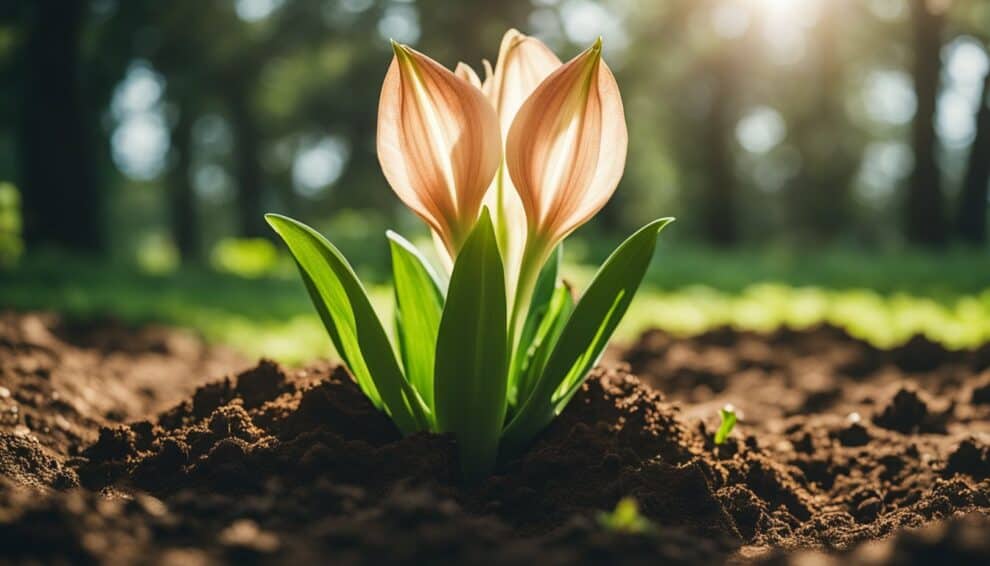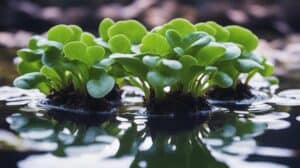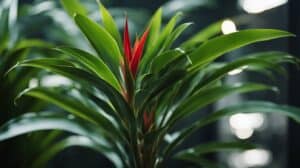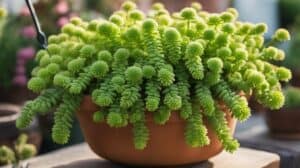Amaryllis (Hippeastrum spp.) is a popular flowering plant that is native to South America. It is known for its large, showy blooms that come in a variety of colors and patterns. Amaryllis is a bulbous plant that is easy to grow and propagate, making it a favorite among gardeners and plant enthusiasts.

Propagation of Amaryllis is a simple and straightforward process that can be done at home. There are several methods of propagating Amaryllis, including bulb division, bulb offsets, and seed propagation. Each method has its advantages and disadvantages, and the choice of method will depend on the grower’s preferences and resources.
In this article, we will explore the different methods of propagating Amaryllis and provide a step-by-step guide to each method. We will also discuss the best practices for caring for Amaryllis bulbs and ensuring that they grow into healthy, vibrant plants. Whether you are a seasoned gardener or a novice plant enthusiast, this guide will provide you with all the information you need to successfully propagate and care for Amaryllis.
Understanding Amaryllis Botany and Species
Botanical Characteristics
Amaryllis (Hippeastrum spp.) is a genus of bulbous flowering plants belonging to the Amaryllidaceae family. The plants are native to South America and are commonly grown as ornamental plants due to their large, showy flowers. Amaryllis bulbs are large and round, with a diameter of about 5-10 cm. The leaves are long and strap-like, growing up to 60 cm in length. The flowers are trumpet-shaped and come in a range of colors, including red, pink, white, and orange.
Amaryllis plants are known for their ability to produce multiple flowers from a single bulb. The flowers typically bloom in the winter or early spring and can last for several weeks. Amaryllis bulbs can be propagated through division or by growing them from seed.
Popular Hippeastrum Species
There are several popular species of Hippeastrum that are commonly grown as ornamental plants. These include:
-
Hippeastrum puniceum: This species is native to Brazil and produces large, bright red flowers with white stripes. It is one of the oldest and most widely cultivated species of Hippeastrum.
-
Hippeastrum vittatum: This species is native to Peru and produces large, white flowers with red stripes. It is a popular choice for indoor cultivation.
-
Hippeastrum papilio: This species is also known as the “Butterfly Amaryllis” due to its unique flower shape. The flowers are green and white with red stripes and resemble a butterfly in flight.
-
Hippeastrum reticulatum: This species is native to Uruguay and produces large, red flowers with a white throat. It is a popular choice for outdoor cultivation in warmer climates.
Overall, understanding the botany and species of Amaryllis can help gardeners choose the right plants for their growing conditions and preferences.
Propagation Methods

Amaryllis plants can be propagated through various methods, including seed propagation, offset division, and bulb scaling. Each method has its own advantages and disadvantages, and the choice of method depends on the grower’s preference and the availability of resources.
Seed Propagation
Seed propagation is the most time-consuming method of propagating amaryllis plants. It involves collecting seeds from the plant’s seed pods and sowing them in a well-draining soil mix. The seeds should be sown immediately after collection, as they have a short shelf life.
After sowing, the seeds should be kept in a warm, humid environment until they germinate. This can take anywhere from a few weeks to several months. Once the seedlings have grown large enough, they can be transplanted into individual containers or directly into the ground.
Offset Division
Offset division is a popular method of propagating amaryllis plants because it is relatively easy and produces quick results. It involves separating the offsets, or small bulbs, that grow around the base of the parent bulb.
To propagate through offset division, the grower should wait until the parent bulb has finished flowering and the leaves have died back. The offsets can then be carefully separated from the parent bulb and replanted in their own containers or in the ground.
Bulb Scaling
Bulb scaling is a method of propagating amaryllis plants that involves removing scales from the parent bulb and using them to grow new plants. This method is best done in the fall, after the plant has finished flowering and the leaves have died back.
To propagate through bulb scaling, the grower should carefully remove the scales from the parent bulb and dust them with a fungicide. The scales can then be planted in a well-draining soil mix and kept in a warm, humid environment until they begin to grow. Once the new plants have grown large enough, they can be transplanted into their own containers or directly into the ground.
Caring for Propagated Amaryllis

Soil and Potting
When caring for propagated amaryllis, it is important to choose the right soil mix and pot size. A well-draining soil mix that is rich in organic matter is ideal for amaryllis plants. Amaryllis prefers a slightly acidic soil with a pH of 6.0 to 6.5. The pot size should be large enough to accommodate the bulb and its roots, with about an inch of space around the bulb.
Watering and Fertilization
Watering and fertilization are two crucial aspects of caring for propagated amaryllis. Amaryllis bulbs should be watered thoroughly but infrequently, allowing the soil to dry out between waterings. Overwatering can lead to root rot and other fungal diseases. Fertilize the plant every two weeks during the growing season with a balanced fertilizer that is high in phosphorus.
Light and Temperature Requirements
Amaryllis plants require bright, indirect light to thrive. They should be placed in a location that receives at least six hours of sunlight per day. The ideal temperature range for amaryllis plants is between 60 and 75 degrees Fahrenheit. Avoid placing the plant in a location that is too hot or too cold, as extreme temperatures can stress the plant and affect its growth.
Overall, caring for propagated amaryllis is relatively easy as long as you provide the right growing conditions. With proper soil, watering, fertilization, and light, your amaryllis plant will produce beautiful blooms year after year.
Frequently Asked Questions

How do I start growing an Amaryllis from a bulb?
To start growing an Amaryllis from a bulb, choose a pot that is at least two inches wider than the diameter of the bulb. Fill the pot with well-draining soil mix and plant the bulb with the top third of the bulb exposed above the soil. Water the soil thoroughly and place the pot in a warm, bright location.
What’s the best soil mix for Amaryllis propagation?
The best soil mix for Amaryllis propagation is a well-draining mix that is rich in organic matter. A mix of equal parts of peat moss, perlite, and vermiculite is a good option. Avoid using heavy soils or soils that retain too much moisture, as this can lead to root rot.
How often should I water my Amaryllis during propagation?
During propagation, water your Amaryllis thoroughly when the top inch of soil feels dry to the touch. Avoid overwatering, as this can lead to root rot. It is important to keep the soil moist but not waterlogged.
Can I propagate Amaryllis from seed, and if so, how?
Yes, Amaryllis can be propagated from seed. To do so, collect the seed pods once they have ripened and dried on the plant. Sow the seeds in a well-draining soil mix and keep the soil moist. The seeds will germinate in about two to four weeks.
What are the ideal light conditions for Amaryllis seedlings?
Amaryllis seedlings require bright, indirect light to grow properly. Place them in a location that receives at least six hours of bright, indirect light each day. Avoid placing them in direct sunlight, as this can scorch the leaves.
How long does it take for an Amaryllis bulb to sprout?
An Amaryllis bulb will typically sprout within two to eight weeks after planting, depending on the variety and growing conditions. Once the bulb has sprouted, it will produce leaves and a flower stalk within a few weeks.













